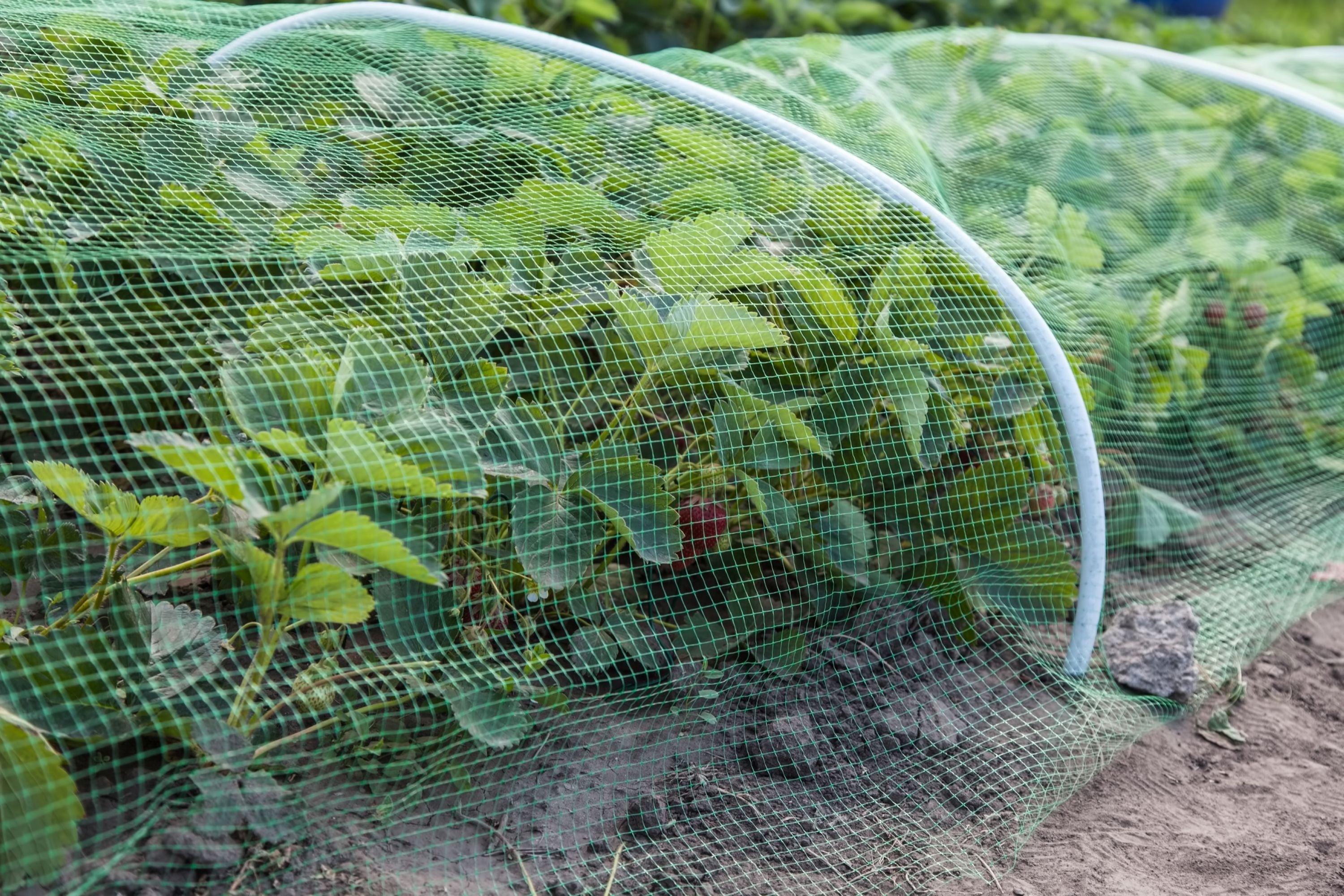Home
Barn Owl Blog
Natural Pest Control: How to Get Rid of Bad Bugs in Your Garden Without Chemicals

Natural Pest Control: How to Get Rid of Bad Bugs in Your Garden Without Chemicals
When pests invade your garden or crops, the first instinct might be to reach for a spray bottle of pesticide. But going the natural route not only keeps your plants healthier and your soil in balance—it also protects pollinators, beneficial insects, pets, and your own well-being.
Whether you're a backyard gardener or managing a few acres, here are the best natural, eco-friendly methods for keeping bad bugs in check without disrupting the harmony of your growing space.
1. Invite the Good Bugs
Nature has its own pest control agents: beneficial insects that love to snack on garden pests.
Top helpers:
-
Ladybugs: voracious aphid eaters
-
Lacewings: feed on aphids, whiteflies, and mealybugs
-
Parasitic wasps: target caterpillars and beetle larvae
-
Hoverflies: larvae consume aphids and thrips
How to attract them:
-
Plant flowers like dill, yarrow, fennel, cosmos, and alyssum
-
Avoid broad-spectrum pesticides that harm all insects
-
Provide shallow water sources and undisturbed habitat
2. Use Physical Barriers
Sometimes, the best defense is a literal one.
Options include:
-
Row covers: lightweight fabric to keep insects off crops
-
Insect netting: finer mesh for tiny pests like flea beetles
-
Collars around seedlings: to prevent cutworm damage
-
Sticky traps: to catch flying pests like whiteflies and fungus gnats
These barriers are especially useful early in the season when plants are most vulnerable.
3. Handpicking
It's simple but effective. For larger pests like caterpillars, beetles, and squash bugs, manually removing them can make a huge dent in the population.
Best practices:
-
Head out early in the morning or late evening
-
Drop bugs into a bucket of soapy water
-
Wear gloves if needed
4. Neem Oil & Insecticidal Soaps
These natural sprays are safe for most beneficial insects (when used correctly) and break down quickly in the environment.
Neem oil: Disrupts insect hormones and feeding Insecticidal soap: Penetrates soft-bodied pests and dries them out
Good for: Aphids, whiteflies, spider mites, mealybugs, and more
Tip: Apply early in the day or in the evening to avoid harming bees and to prevent sunburn on plants.
5. Crop Rotation & Companion Planting
Disrupt the life cycle of pests by switching up where and what you plant each season.
Examples:
-
Rotate brassicas to different beds to avoid cabbage worm buildup
-
Interplant with marigolds to deter nematodes and aphids
-
Use basil near tomatoes to confuse pests
Companion planting also helps support beneficial insects and improve soil health.
6. Diatomaceous Earth
This powdery substance is made from fossilized algae and feels like tiny shards of glass to insects.
How it works: Cuts and dehydrates soft-bodied pests like slugs, ants, and beetle larvae.
Where to apply: Around the base of plants, on leaves, and near garden edges.
Note: Reapply after rain or heavy watering.
7. Keep Your Garden Clean
Pests love clutter, so one of the best defenses is a tidy, well-maintained garden.
Tips:
-
Remove weeds, debris, and dead plant matter
-
Harvest ripe crops promptly
-
Don’t overwater (many pests thrive in damp environments)
8. Encourage Birds and Bats
Natural predators like birds and bats can help control insect populations.
How to attract them:
-
Install birdhouses and bat boxes
-
Provide water sources
-
Avoid using toxic pesticides that reduce their food supply
Final Thoughts
Going natural with pest control is all about working with nature rather than against it. While it may take more observation and hands-on effort, the reward is a healthier, more resilient garden or crop field that supports not just your plants, but the entire ecosystem around them.
Less poison, more pollinators—and plenty of fresh, clean produce.
Share


